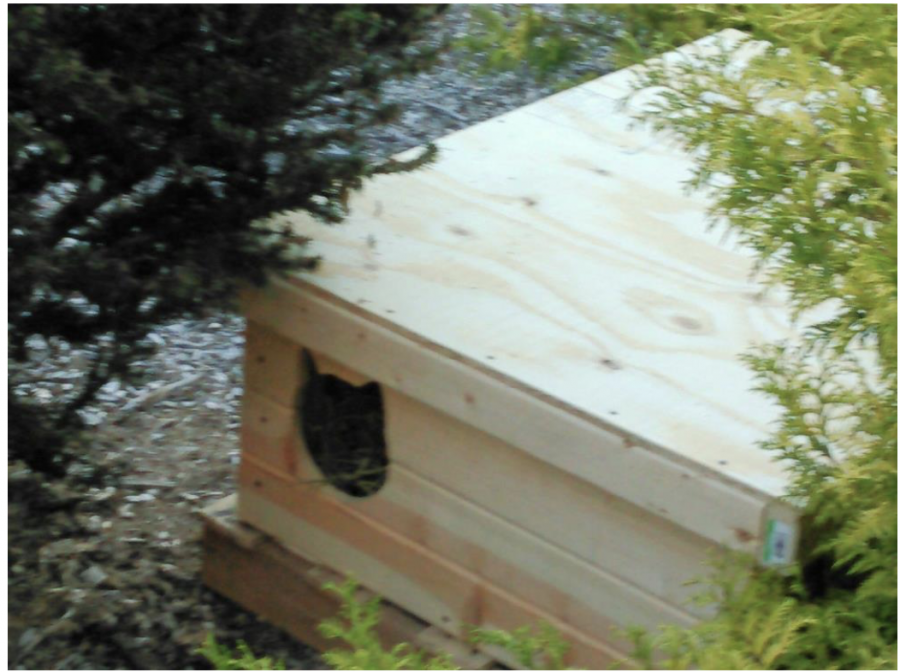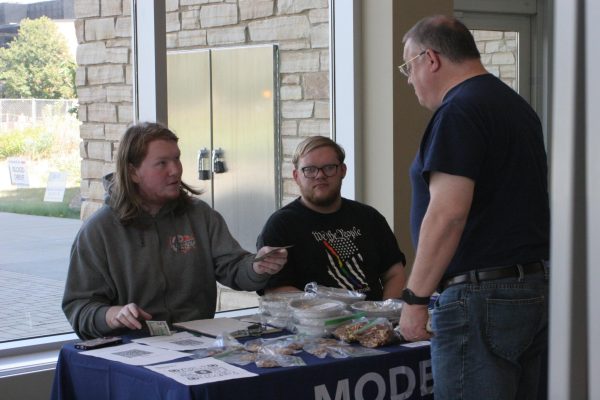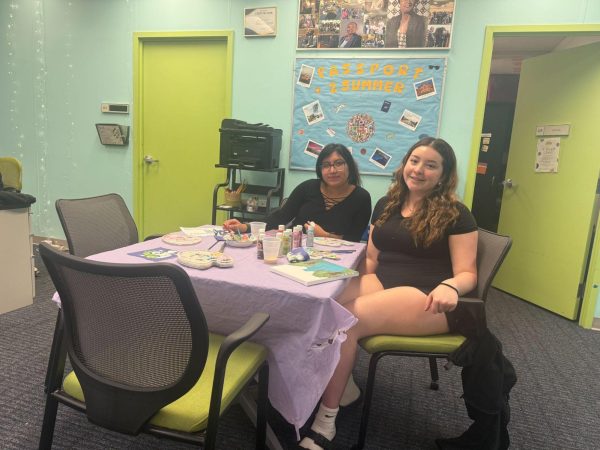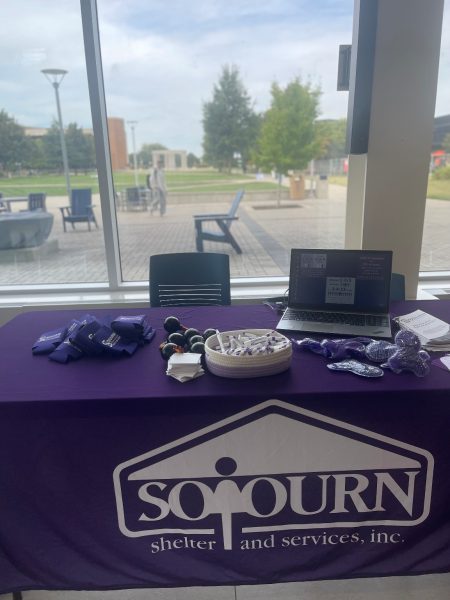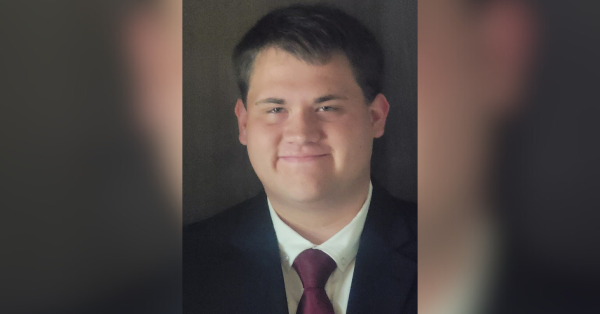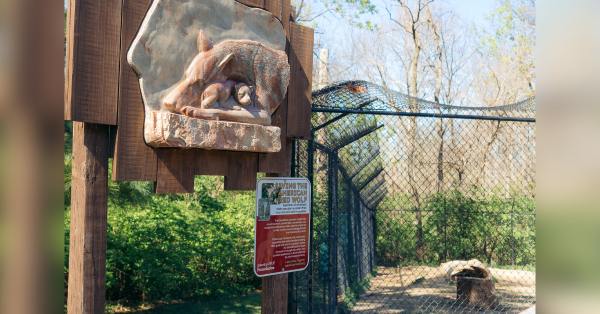UIS Attempts to Find Solution for Campus Cats
The fate of feral cats on the University of Illinois Springfield campus is still unclear as administrators and animal advocates continue negotiations. The Animal Protective League most recently met with university officials Tuesday, August 28. While a final decision on how to address feral cats on campus has not been reached, APL Executive Director Deana Corbin says the talks have been mostly positive. The APL has been involved with the campus’ feral cat population for some time. In April, the agency partnered with concerned faculty members and students to trap, neuter and vaccinate feral cats before returning them to campus. They treated 19 adult cats, which Corbin estimates prevented 60 new kittens from being born. The APL was also able to adopt out six kittens found at UIS. Just a few months later, the university sent out a memo to a small number of faculty members, students, staff and an individual who lives near campus to stop leaving food out for the cats. It cited an attraction of wildlife to campus as a public health concern for the UIS community. Mathematics Instructor Carol Saltsgaver is one of the faculty members who received the notice, which she says threatened disciplinary action—and possibly arrest—if feeding continued. Saltsgaver, along with her husband and fellow UIS staff member Michael Saltsgaver, have been caring for the cats for around 2 years. Carol Saltsgaver said other cat advocates have donated money and food to help keep the cats fed. “This is money that comes out of our own pockets. We come here on our days off,” she said. “We do it because we care about these cats.”There are currently no regulations against feeding animals on campus, but Associate Chancellor Charles Coderko said the university is considering adding a policy to address feeding of non-domesticated animals on university property.
“This issue is less about feral cats…and much much more about public safety and health risks caused by a small group of people who are leaving food outside and drawing in non-domesticated animals where children, students, faculty and staff live and work on a daily basis,” Coderko said. The APL hopes to implement controlled feeding stations, which would set locations and times to feed the cats away from people. According to Corbin, this will help keep tabs on the campus cat population and prevent unattended food from attracting other wildlife.
Corbin said the best option for controlling the feral cat population is to continue a TNVR system, though the university seems more concerned with getting the cats removed from campus. “It’s an insurmountable goal,” Corbin said. A moveon.org petition meant to bolster TNVR efforts—and protect those engaging with the feral cats from facing arrest—is just a couple hundred signatures short of its goal of 2,000. It was created by Alicia Madden, a junior communication student and president of the university’s only animal advocacy group, Loud For Animals. According to Madden, UIS Chancellor Susan Koch receives notifications of each signature in real time. In addition to continuing a TNVR program, Madden says Loud For Animals would like to start buildings shelters on campus to protect the cats from severe weather, cars and other human threats. Carol Saltsgaver stressed that she and fellow cat feeders want to work with administrators, faculty, and students to responsibly care for the cats and keep them “at home” on campus—but she says she also has a responsibility to the cats.“I’m not stopping,” Saltsgaver said. “If they fire me, I will get a lawyer. It’s going to be a fight.”Coderko said the university is weighing their options based on information from several organizations, including the Illinois Department of NaturalResources, the Illinois Humane Society and the Centers for Disease Control and Prevention.

